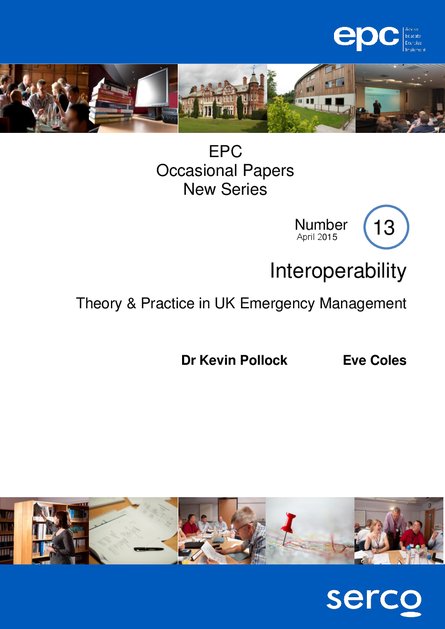
The fuel crisis and floods of 2000 and the foot and mouth crisis of 2001 exposed serious weakness in capability across England, Wales and Scotland, particularly when dealing with wide area emergencies (Cabinet Office, 2004; Coles, 2004; Walford, 2009). The subsequent terrorist attacks of 9/11, Bali, Madrid and London bombings of July 2005 further emphasised the need to re-examine emergency planning arrangements and to restructure them where necessary (Buckle et al., 2006). They were becoming increasingly complex and beyond the boundaries of any single organisation (Cabinet Office, 2004) Such events are illustrative of the array of potentially devastating threats society faces which typically will require government intervention (Boin et al., 2010). Not only is the frequency, scope and magnitude of such events increasing (Mitroff, 2004), but their consequences are more problematic because of the complexity and interdependency of technological systems (Rosenthal & Kouzmin, 1997). Deeming (2012) further suggests that in the future society will be beset by what he calls ‘wicked problems’ and that future challenges will be ‘quicker, harder and from different directions.’ Society’s ability to manage such extreme events depends on its ability to understand, anticipate, prepare for, and respond to them (Comfort, 1999).
